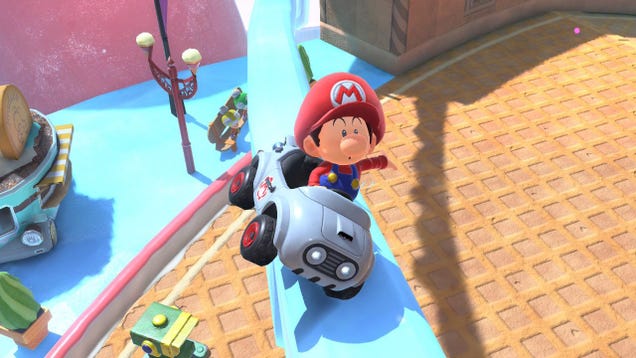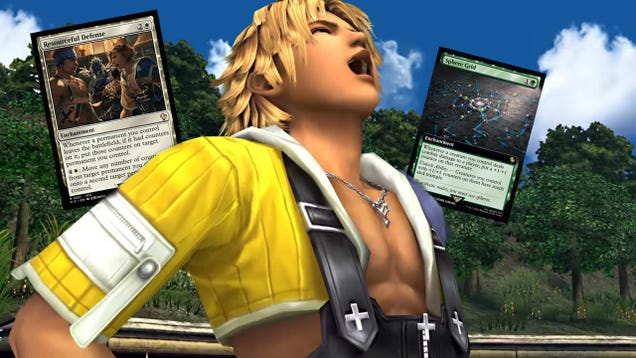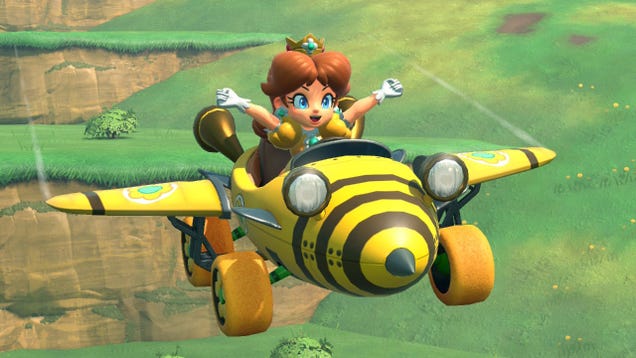Become a Underwater Pro: Your Minecraft Coral Guide
Ready to dive deep into the vibrant world beneath Minecraft’s waves? Coral was a game-changer back in 2018, bringing much-needed color and life to the otherwise vast, empty oceans. But let’s be honest, this cool underwater flora has a few quirks. If you don’t handle it right, that beautiful coral can go from dazzling to dull gray faster than you can say “creeper.” Don’t let your underwater builds lose their luster!
There are five main types of coral bobbing around (plus fanned versions of each): Tube, Fire, Horn, Bubble, and Brain. You’ll spot these beauties chilling naturally in warm ocean biomes, making up those awesome coral reefs. But here’s the catch, and it’s a big one: they absolutely NEED water. Pull them out or let their water source disappear, and poof! They turn into lifeless, sad-looking dead coral. All those amazing blues, oranges, pinks, and yellows? Gone, replaced by a dull, boring gray. So, how do you keep the color and make the most of this aquatic wonder?
Snagging That Sweet, Colorful Coral
Okay, first things first: harvesting. You might think you can just hack away at it, but trust us, that’s the fast track to gray, dead coral. To keep its vibrant color when you mine it, you absolutely need a tool enchanted with Silk Touch. Seriously, this is non-negotiable if you want colorful coral blocks for building or decorating.
On the plus side? Coral mines super fast, instantly actually! Unlike tough blocks like Obsidian that take ages to chip away at, coral comes right off. This is a huge win, especially since you’ll likely be doing this underwater. Less time mining means less time worrying about your breath bar and frantically swimming for air. Just make sure you’ve got that Silk Touch pickaxe (or shovel, or axe – Silk Touch works on most tools!), aim, and grab that gorgeous block before it turns to dust or, well, gray nothingness.
Types of Coral and Where to Find Them
So, we mentioned the five types, but are they all the same? Pretty much, in terms of how they behave and what you can *do* with them (more on that in a bit). Their main difference is their awesome visual diversity. You’ve got:
- Tube Coral: Often a vibrant blue, sometimes with purple hints.
- Fire Coral: Bright red or orange, looking pretty fiery!
- Horn Coral: Yellowish or golden, branching out like… well, horns!
- Bubble Coral: Usually pink or purplish, with a bubbly texture.
- Brain Coral: A cool pink or reddish, with a texture resembling a brain (hence the name!).
Each type also has a fanned variant, which is a smaller, flatter version that generates on the sides of other blocks, looking like little plant-like fans. Find them all exclusively in warm ocean biomes. Look for the areas on your map that show a lighter blue color – that’s usually a good sign you’re in warm waters perfect for coral reefs. Dive down, and you should see colorful structures popping up from the ocean floor.
Keeping Your Coral Alive (and Colorful!)
Remember that golden rule? Coral needs water. Always. If you place a coral block (or a fan) and there isn’t a water source block touching it, it will instantly turn into its dead, gray form. This is crucial for builders! If you’re using colorful coral in an underwater build, make sure every single block is surrounded by or has a water source block adjacent to it. If you’re trying to build above water using colorful coral, tough luck unless you use clever tricks like keeping it constantly watered with dispensers or creating custom waterlogged blocks (which is a bit more advanced!). For most players, colorful coral is primarily for underwater or water-filled builds.
The dead coral forms *can* be used above water without turning gray, but… they’re gray. Not exactly the vibrant pop of color you were probably hoping for. Think of dead coral as a different kind of block altogether – it’s more like a gray stone-like material with a coral shape. You can mine dead coral with literally any tool (even your hand!) and it won’t change, because it’s already dead. Great for gray structures underwater or above, but useless if you want color.
What Can You Even Do With Coral?
Okay, you’ve got your Silk Touch pickaxe, you’ve navigated the depths, and you’ve got an inventory full of colorful coral blocks and fans. Now what? While coral doesn’t have a ton of complex crafting recipes or functions like redstone, its main purpose is fantastic for:
- Decoration: This is where coral truly shines! Using colorful coral blocks and fans in your underwater bases, aquariums, or even just to liven up natural-looking reefs is its primary use. The different colors and shapes provide incredible variety for building unique and eye-catching structures. Mix and match the types and fans to create intricate coral gardens!
- Bone Meal Production (Dead Coral): While colorful coral is for beauty, the dead coral forms have a practical use. Dead coral blocks and fans can be put into a crafting grid to produce Bone Meal. Bone Meal is super useful for accelerating crop and tree growth, or for creating white dye. So, if you accidentally break a bunch of coral without Silk Touch, or find natural patches of dead coral, don’t just ignore it – scoop it up and turn it into valuable bone meal!
- Adds Atmosphere: Simply having colorful coral reefs in your world makes the oceans feel so much more alive and interesting. They’re not just resources; they contribute to the overall beauty and atmosphere of the Minecraft environment. Exploring a vibrant reef is way more fun than swimming through empty blue water!
Building Tips with Coral
When building underwater with colorful coral, always double-check that each block is waterlogged or has a water source next to it. You’ll know if you’ve messed up instantly because the block will turn gray. Fixing it usually involves breaking the gray block and replacing it while ensuring the water source is there. Using sponges to clear small work areas can be helpful, but remember to add the water back quickly when placing coral!
Coral fans are great for adding detail to the sides of blocks, making your reef look more natural and bushy. They behave similarly to the full blocks in that they need water, but they can be placed on the sides of blocks, not just on top or bottom.






